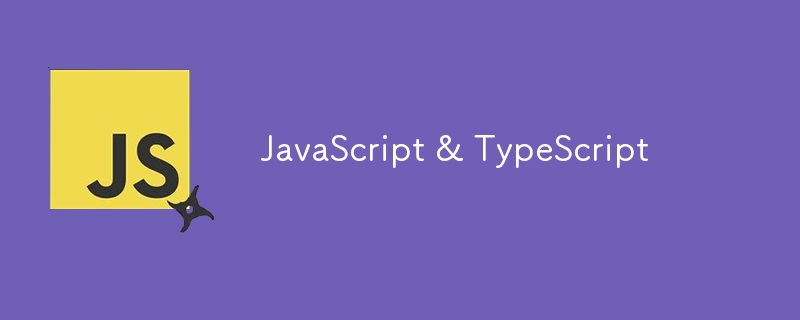

You’re starting a new project, and the question arises: Which language will set you up for success—JavaScript or TypeScript? Both have their merits, yet they cater to different styles of development. JavaScript, with its dynamic nature, has been the backbone of interactive web experiences for years. It’s versatile and forgiving, a language that lets you build quickly without getting bogged down in details.
TypeScript enters the scene with a different premise: structure and safety. It extends JavaScript by adding static typing, catching errors at compile time rather than in the middle of execution. For developers who crave clarity and predictability in their code, TypeScript is a compelling choice.
We will compare 2 highly used Technologies where you can build applications both in JavaScript and TypeScript which are React & NodeJS but first let's dive into the advantages of TypeScript.
As stated, JavaScript is versatile and forgiving, but that comes with a cost of predictability in your code. For example, defining what your function parameters are with types or what a function would return exactly. JavaScript is handicapped when it comes to defining types of arguments or variables. TypeScript is aimed at solving the same problem and has an ability to define types statically. There are a lot more benefits of TypeScript which we would dive in later.
As a developer you would have to clearly identify the requirements and scalability you want your project to have before choosing the right framework or language. Projects you are building for your personal use, or you want faster development, JavaScript is the way you shall go. Projects which involve multiple devs working on different parts of a system might want more control over how data is passed and processed, if that is the case then TypeScript would be a better option.
You developed an application which would not be maintained by you forever, in that case you would want to leave some documentation for the developers down the line. The documentation might include the structure of data a backend service (API) would expect or return, a JavaScript application would force a developer to depend on the documentation, but a TypeScript application can eliminate the dependency with help of interfaces and static type definitions.
You are developing a project for personal use, and you know that you are only going to write a frontend and backend for this project, in that case the documentation does not really matter, and we can leverage the flexibility of JavaScript to write code faster.
interface LabeledValue { label: string; } function printLabel(labeledObj: LabeledValue) { console.log(labeledObj.label); } let myObj = { size: 10, label: "Size 10 Object" }; printLabel(myObj);
function printLabel(labeledObj) { console.log(labeledObj.label); } let myObj = { size: 10, label: "Size 10 Object" }; printLabel(myObj);
The above is the detailed content of JavaScript & TypeScript. For more information, please follow other related articles on the PHP Chinese website!




